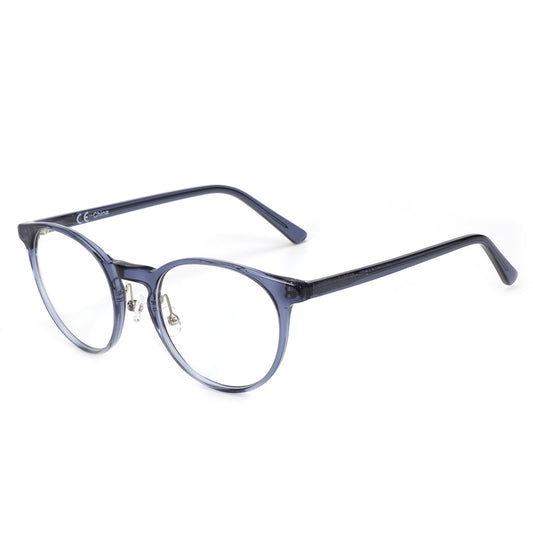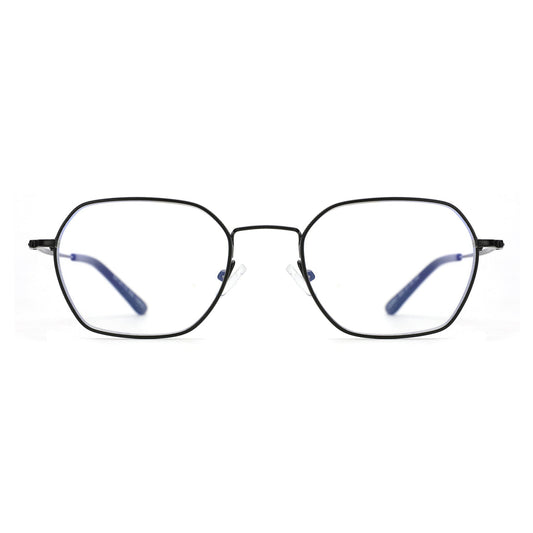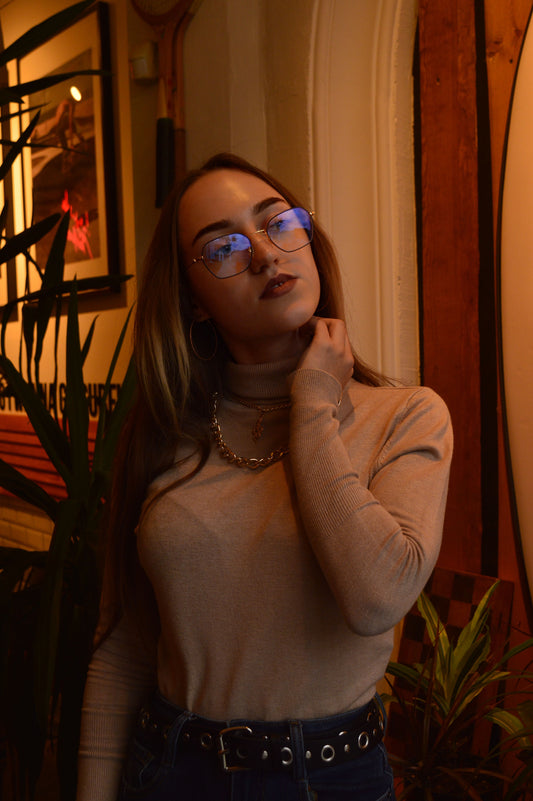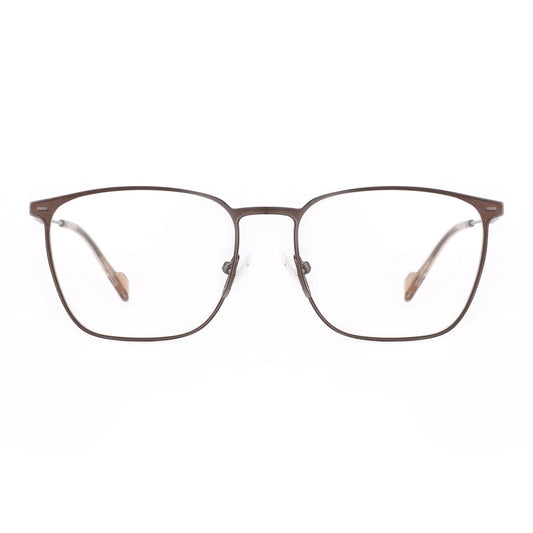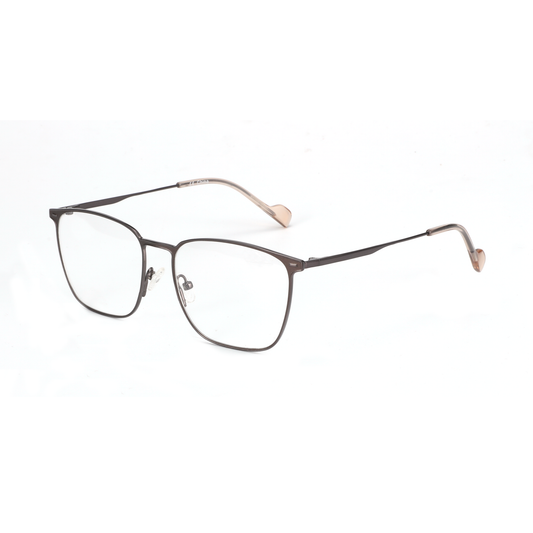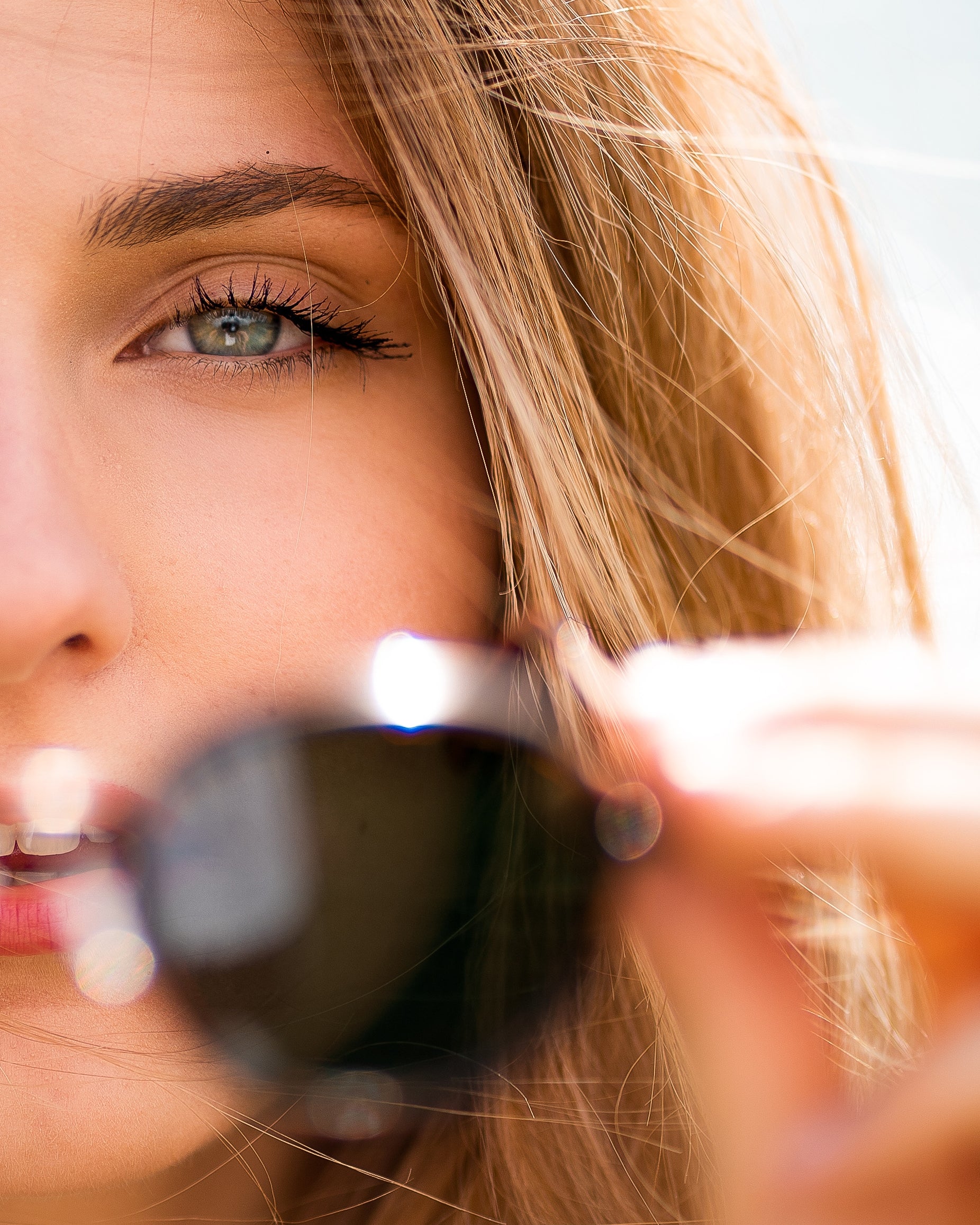How to Choose the Best Blue Light Blocking Glasses for You
In our digitally driven world, screens are an inescapable part of daily life. From work computers and smartphones to tablets and TVs, we're spending more time than ever bathed in their glow. This increased exposure has brought attention to blue light and its potential effects, leading many to seek out blue light blocking glasses. But with so many options, how do you choose the best pair for your specific needs? This guide will walk you through everything you need to know to make an informed decision.
Understand Blue Light: The "Why" Behind the Glasses
Visible light is made up of a spectrum of colors, and blue light (more precisely, High-Energy Visible or HEV light) is one of them. It has a shorter wavelength and higher energy compared to other colors, like red or green. The sun is our primary source, crucial for our sleep-wake cycle (circadian rhythm). Digital screens also produce significant amounts, however. Prolonged, close-up exposure, especially at night, is the main concern, which can lead to digital eye strain (fatigue of the eyes, headache, blurred vision) and disruption of melatonin production, affecting sleep.With these potential impacts in mind, a crucial question arises for many: do blue light glasses actually work to mitigate these effects?

3 Main Types of Blue Light Blocking Lenses
Blue light blocking glasses come in a range of different lens tints that block varying percentages of blue light and are worn for various reasons.
1. Clear or Slightly Tinted Lenses
Clear or Slightly Tinted Lenses are often branded as daytime use. They are set to block a smaller percentage of blue light, targeting the highest energy part of the spectrum. They are made to reduce digital eye strain and glare with minimal impact on color vision, making them office workers' favorites for those whose profession demands color accuracy.
2. Yellow or Light Orange-tinted Lenses
Yellow or Light orange-tinted lenses offer a middle level of blue light blocking, usually reducing more than clear lenses. They are suitable for extended screen use, especially for people who are prone to eye strain. While there is some color distortion (whites will appear yellowish), most find it acceptable. Gamers prefer this color for potential contrast enhancement and reduced eye strain.
3. Amber, Dark Orange, or Red Tinted Lenses
Amber, Dark Orange, or Red Tinted Lenses block out the most blue light (and some green light as well). They're designed to be worn in the evening, a couple of hours before bedtime, to minimize blue light's impact on melatonin suppression. Your color vision will be significantly altered, so they're not ideal for work that must be color correct, but they're supposed to be most beneficial for protecting your circadian rhythm when screens are used before bed.

Key Features to Look for in Blue Light Blocking Lenses
Apart from the color tint, various features of the lens make blue blocking glasses effective and comfortable. Filtered amount and spectrum of blue light are key; good companies should be able to quote the data, generally as a percentage for an aimed wavelength range (e.g., 400nm - 455nm).
A useful additional feature is UV protection; many high-quality lenses will block 100% UVA and UVB, a worthwhile bonus if being worn outdoors for occasional use. While these glasses can offer some defense against the sun, for more comprehensive outdoor eye protection, it's also beneficial to understand the key considerations for selecting and wearing sunglasses.An Anti-Reflective (AR) coating is highly recommended as it chops reflections off both sides of the lens, preventing glare, increasing visual acuity, and improving the appearance of the glasses. Further, a scratch-resistant coating will protect your investment and allow for clear vision because lenses are easily scratched. Finally, consider the lens material; polycarbonate is impact-resistant and lightweight, and CR-39 has good optical clarity.
Frame Selection: Comfort, Fit, and Style Matter Too
The best lenses won't provide optimal benefits if the frames are uncomfortable or don't fit properly.
Material
Look for lightweight yet durable frame materials. Common options include TR90 (a flexible and lightweight thermoplastic), acetate (allows for rich colors and patterns), and various metals (like stainless steel or titanium for strength and lightness).
Fit
- Bridge: The nose bridge should sit comfortably without pinching or slipping. Adjustable nose pads can offer a more customized fit.
- Temple Arms: The arms should be long enough to rest comfortably over your ears without pressing too tightly against the sides of your head.
- Overall Width: The frames shouldn't be too narrow (causing pressure) or too wide (prone to slipping).
Style
While function is key, you also want glasses that you feel good wearing. There's a wide variety of styles available, from classic to modern. Consider your face shape and personal preferences.
Durability
Check for sturdy hinges and overall solid construction. Quality craftsmanship will ensure your glasses last longer.
Match Blue Light Blocking Glasses to Your Lifestyle and Needs
The "best" blue light blocking glasses depend heavily on how and when you plan to use them. For daytime office or computer work where color accuracy is important, clear or very light yellow-tinted lenses are generally most suitable. If your primary goal is to protect your sleep cycle during evening screen time, amber, dark orange, or red-tinted lenses worn 1-3 hours before bed are the recommended choice.
Gamers often prefer yellow or light orange tints for reduced eye fatigue and potential contrast enhancement. For general mixed use, a moderately tinted yellow lens might serve as a compromise, or you could consider owning two pairs—one for day and one for night. If you wear prescription glasses, options include fit-over styles, clip-ons, or custom prescription blue light lenses. Many optometrists and online retailers offer blue light filtering as an add-on, and some brands, like Zenottic, occasionally feature stylish frames that can accommodate these custom lenses.
What to Expect and How to (Cautiously) Assess
When you start wearing blue light blocking glasses, you might notice reduced eye strain, including less eye fatigue, fewer headaches, and less dryness. With evening-use glasses (darker tints), many users report improved sleep quality, finding it easier to fall asleep and experiencing more restful sleep. Be prepared for altered color perception, especially with yellow, amber, and red lenses. There might also be an initial adjustment period. While some online "tests" exist, they aren't definitive scientific proof; rely more on manufacturer specifications and your own perceived benefits.After understanding these initial effects and considerations, many find themselves weighing the overall advantages against any possible disadvantages.

Important Considerations Before You Buy
Prior to purchase, it is worthwhile to keep a few things in mind. Purchase only reputable retailers or brands with open lens technology and blue light filtering specifications. A good return policy is also important, especially for online purchases, in the unlikely case of ill-fitting glasses or disappointment.
It is also important to be realistic: blue light blocking glasses are an aid, not a panacea. These may be supplemented by a more general eye wellness and sleep hygiene routine. This involves taking regular screen breaks (the 20-20-20 rule: look at something 20 feet away every 20 minutes for 20 seconds), changing the screen brightness, and maintaining a regular sleep schedule. Lastly, if you have recurring eye pain or some vision problems, always get personalized advice from your ophthalmologist or optometrist.
Choose the Best Blue Light Blocking Glasses for Your Needs
Choosing the most suitable blue light blocking glasses for yourself is based on your primary requirements—either combating daytime eye strain or sleep protection at night—and then matching up that requirement with the appropriate type of lens, tint, and features. Consider lens specifications, frame comfort, and your lifestyle. With this knowledge at hand, you can make a selection that not only helps mitigate the impact of exposure to blue light but also fits well into your everyday lifestyle.

